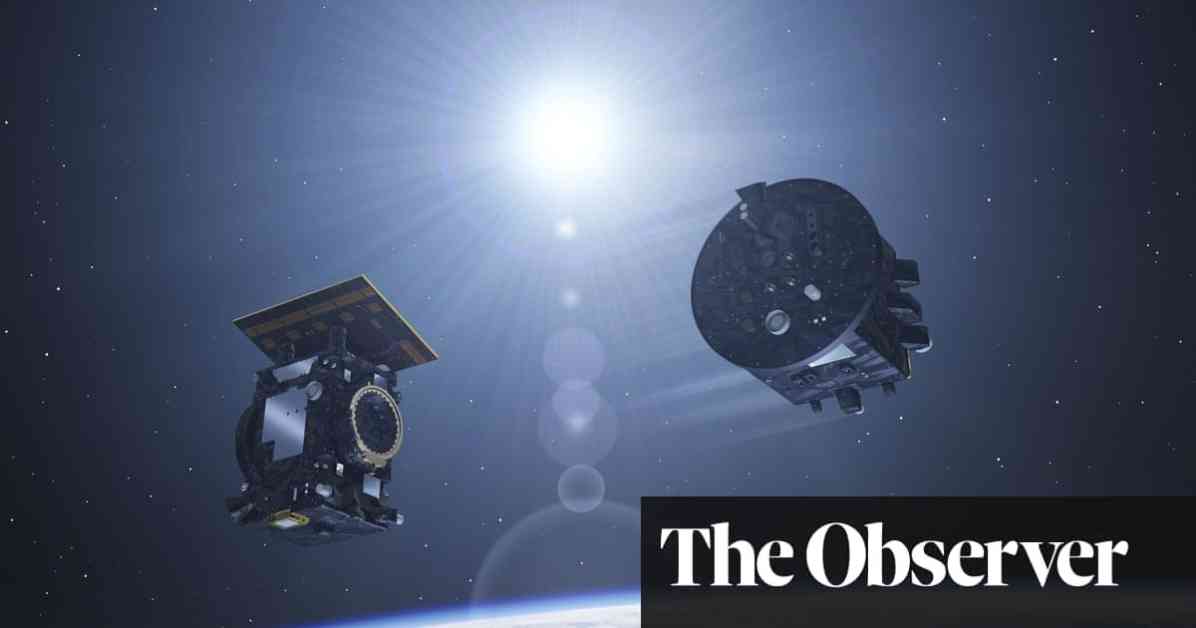European scientists are getting ready to launch a groundbreaking space mission that aims to create total solar eclipses on demand. The project, led by the European Space Agency (ESA), will involve sending a pair of satellites, known as Proba-3, into space. These satellites will be equipped with lasers and light sensors and will fly in close formation around the Earth. By blocking the view of the sun from one satellite using the other, the mission will be able to create artificial solar eclipses that can last for several hours.
The ability to observe these eclipses at length is expected to transform our understanding of the sun and how its activities can impact technologies on Earth, such as power lines and GPS satellites. According to ESA, this mission could also pave the way for future spaceflights that could revolutionize the study of gravitational waves, exoplanets, and black holes.
Solar physicist Francisco Diego from University College London described this technology as promising but highly challenging. The mission, which has been in the planning stages for over a decade, involves the development of advanced sensors to ensure that the two satellites remain precisely aligned and operate as a single observatory despite being 144 meters apart.
Total solar eclipses occur naturally on Earth when the moon passes in front of the sun, allowing astronomers to study the sun’s corona in detail. However, these events are rare and short-lived, making it difficult for scientists to gather comprehensive data. The Proba-3 mission aims to address this limitation by creating artificial eclipses that can last up to six hours a day, providing researchers with extended observation time.
One of the key mysteries that scientists hope to unravel through this mission is the temperature difference between the sun’s surface and its corona. While the sun’s surface is around 6,000 degrees Celsius, the corona can reach temperatures of up to 1 million degrees Celsius. By studying the inner corona in detail, researchers aim to understand why this temperature gradient exists and how it influences space weather.
Improved knowledge of the sun’s corona is not only important for advancing solar physics but also for ensuring the safety of future space missions. Understanding phenomena like coronal mass ejections, which can affect Earth’s atmosphere and technology, is crucial for protecting astronauts on long-duration missions to the moon and Mars.
In addition to its scientific goals, Proba-3 is seen as a trailblazer for a new approach to spaceflight. By demonstrating the feasibility of flying multiple satellites in formation to achieve the capabilities of a larger spacecraft, this mission could open up new possibilities for studying a wide range of astronomical phenomena, from black holes to gravity waves.
Overall, the Proba-3 mission represents a significant step forward in our ability to study the sun, unravel its mysteries, and prepare for future space exploration endeavors. By harnessing cutting-edge technology and innovative approaches to spaceflight, European scientists are poised to make groundbreaking discoveries that could shape our understanding of the universe.










